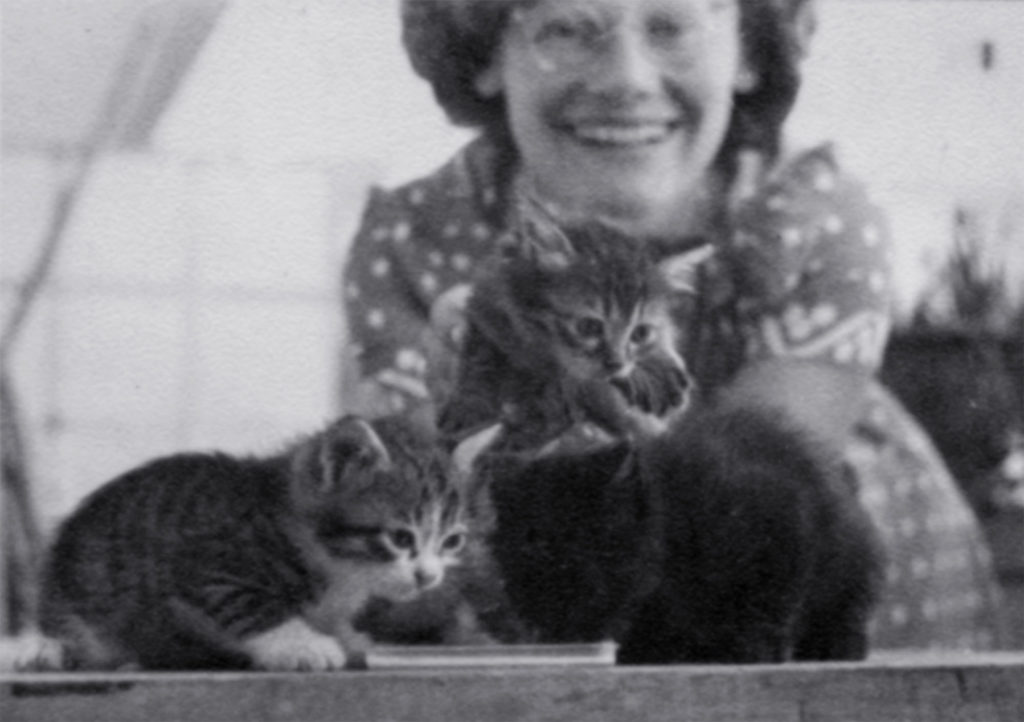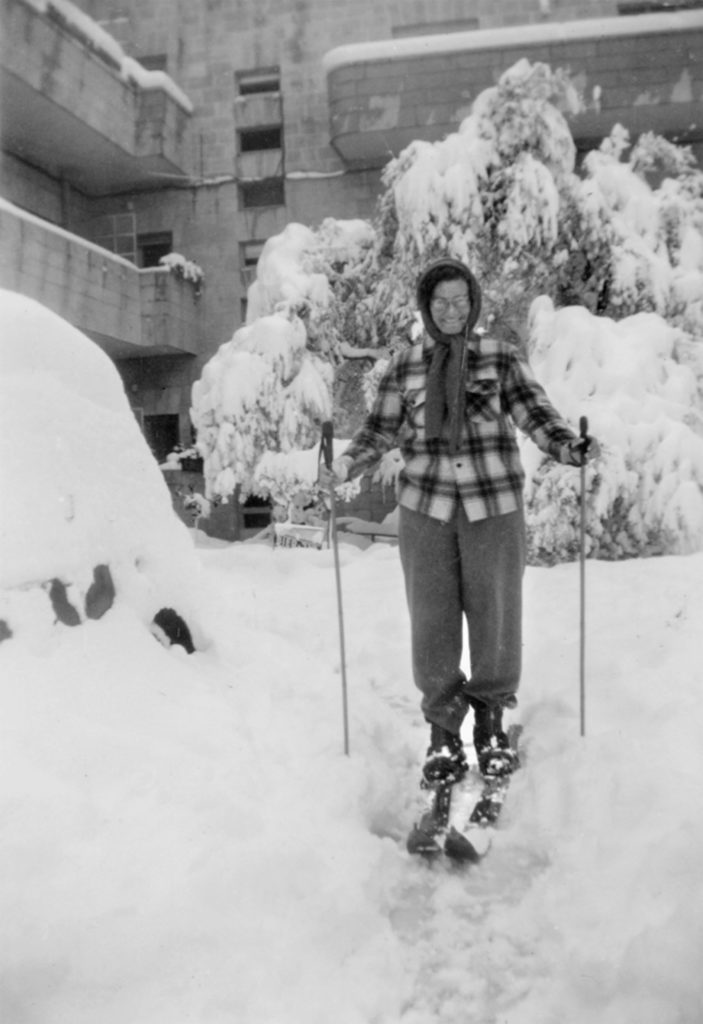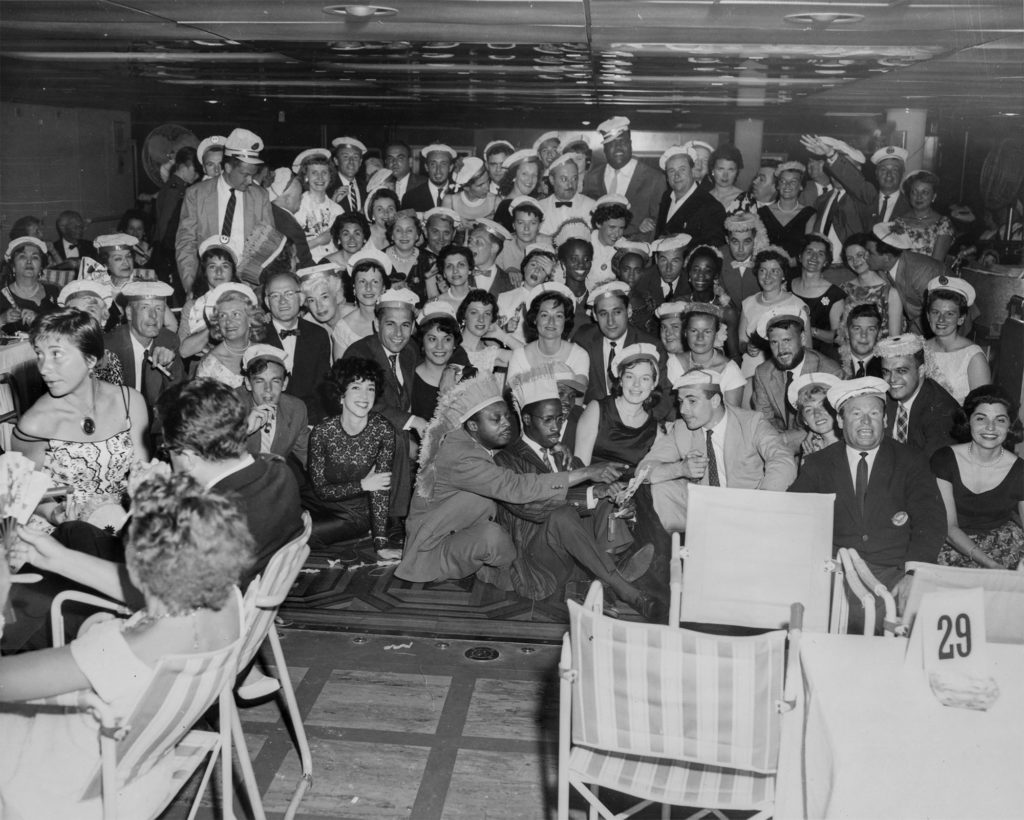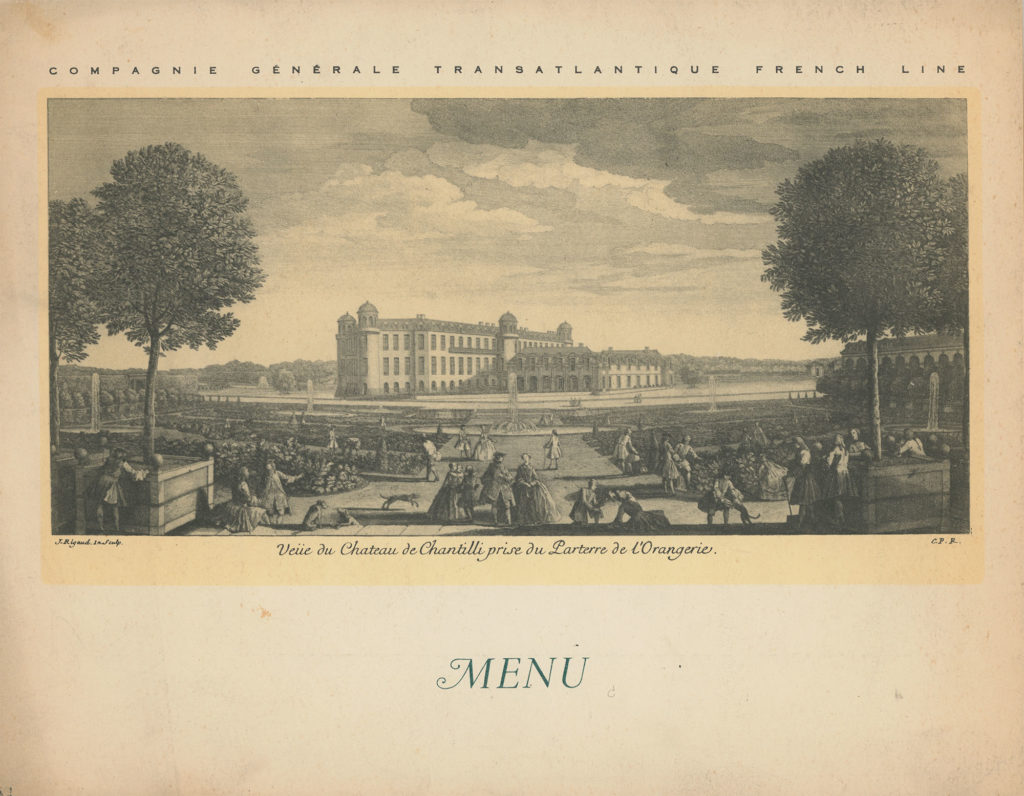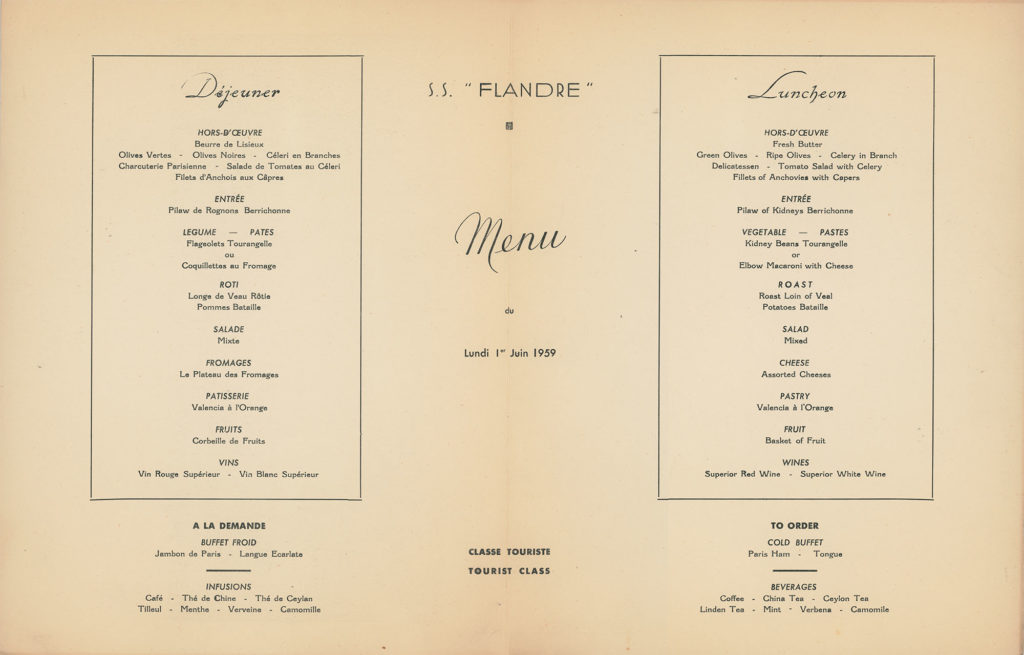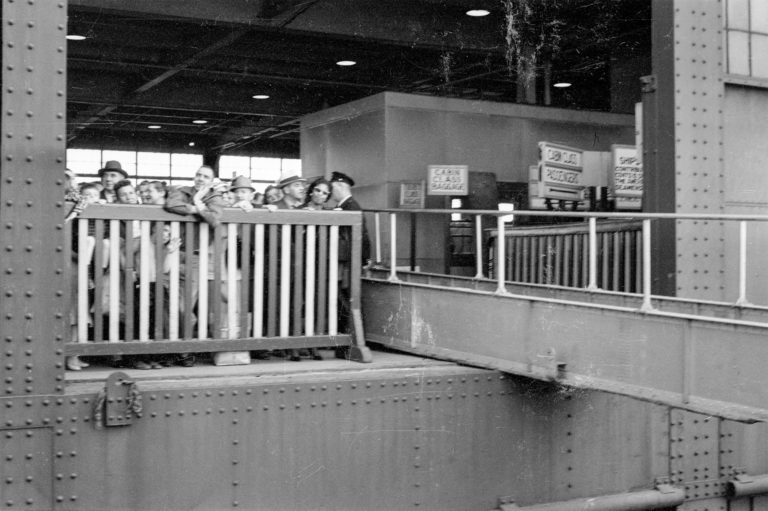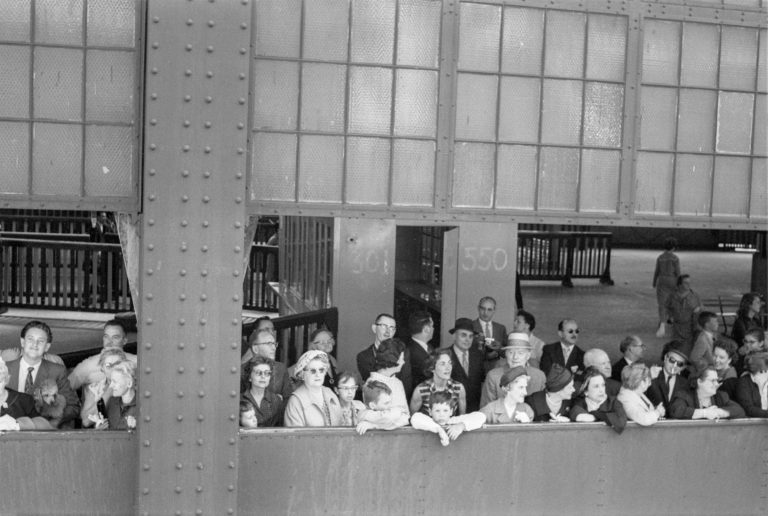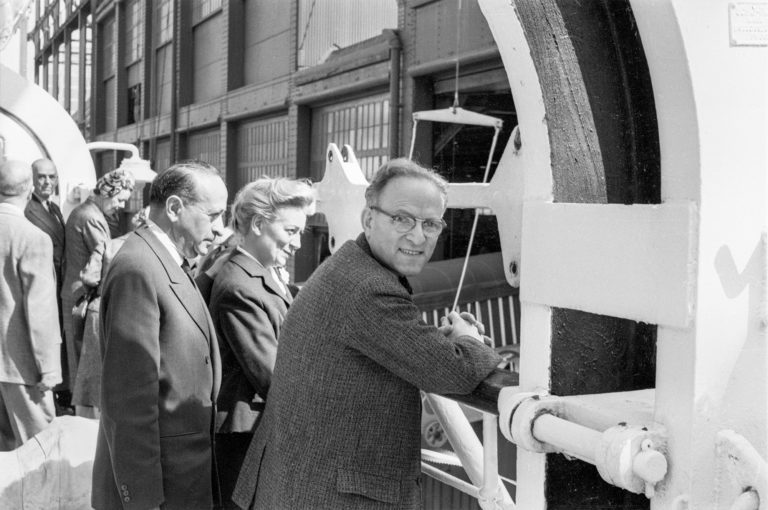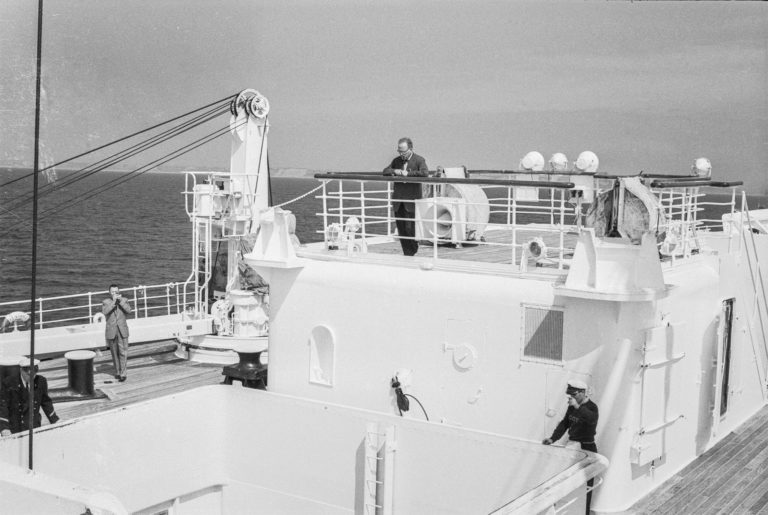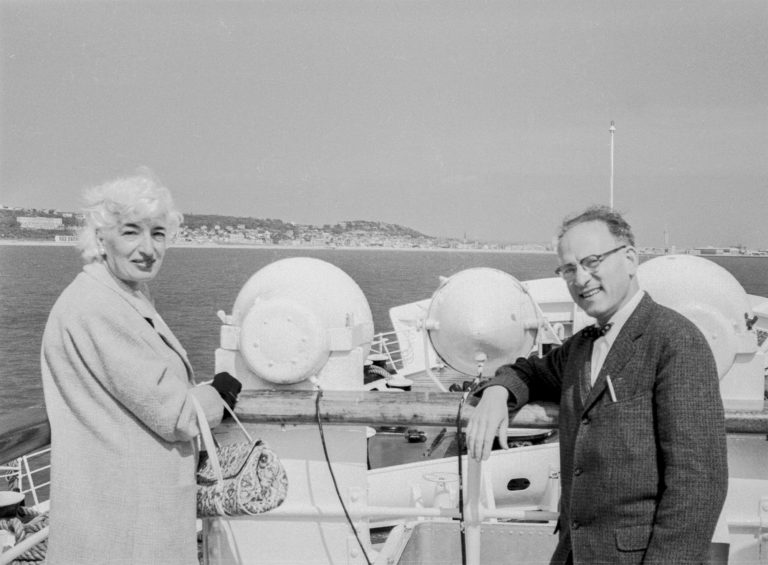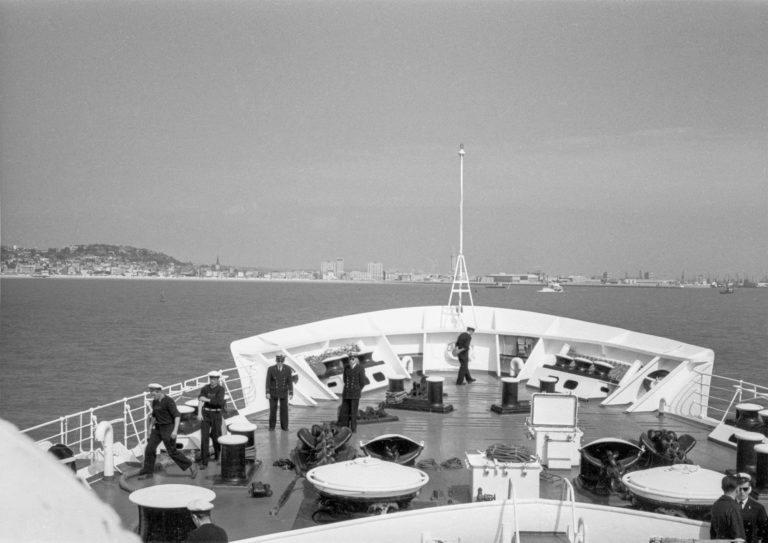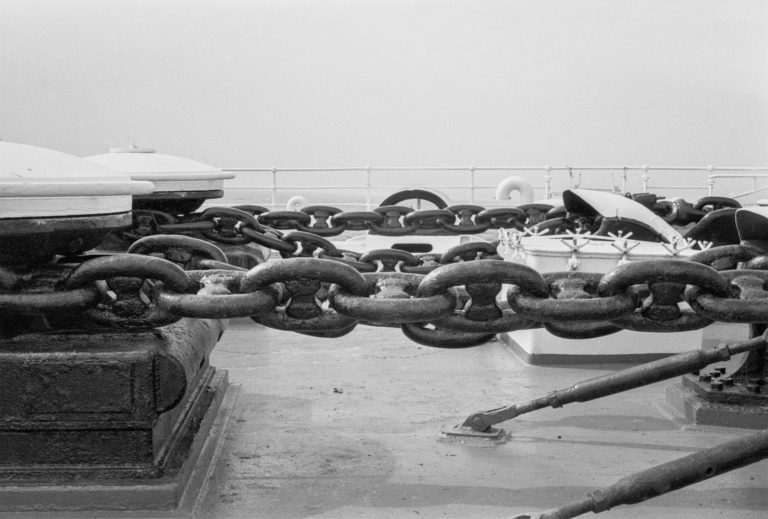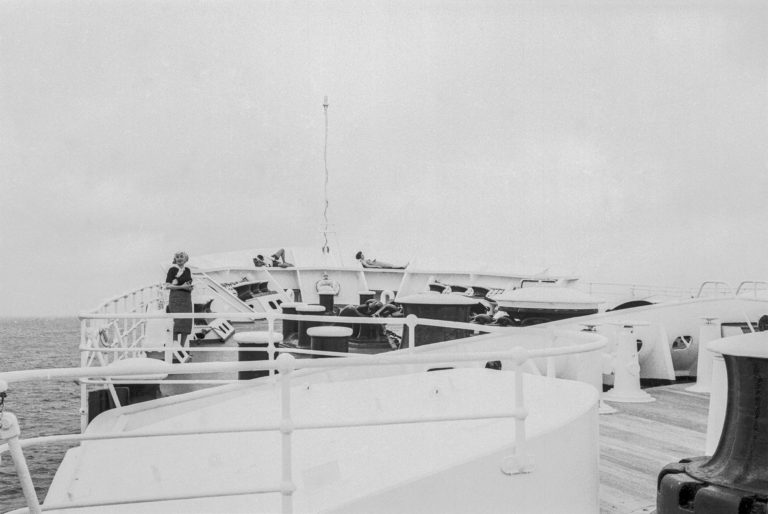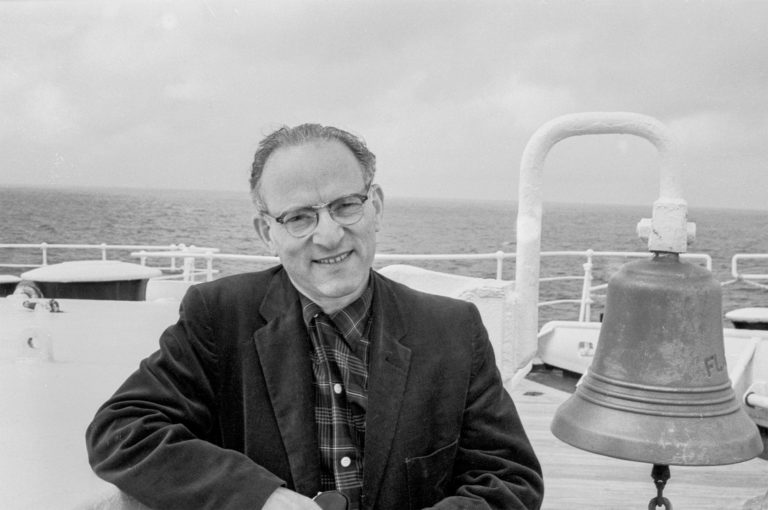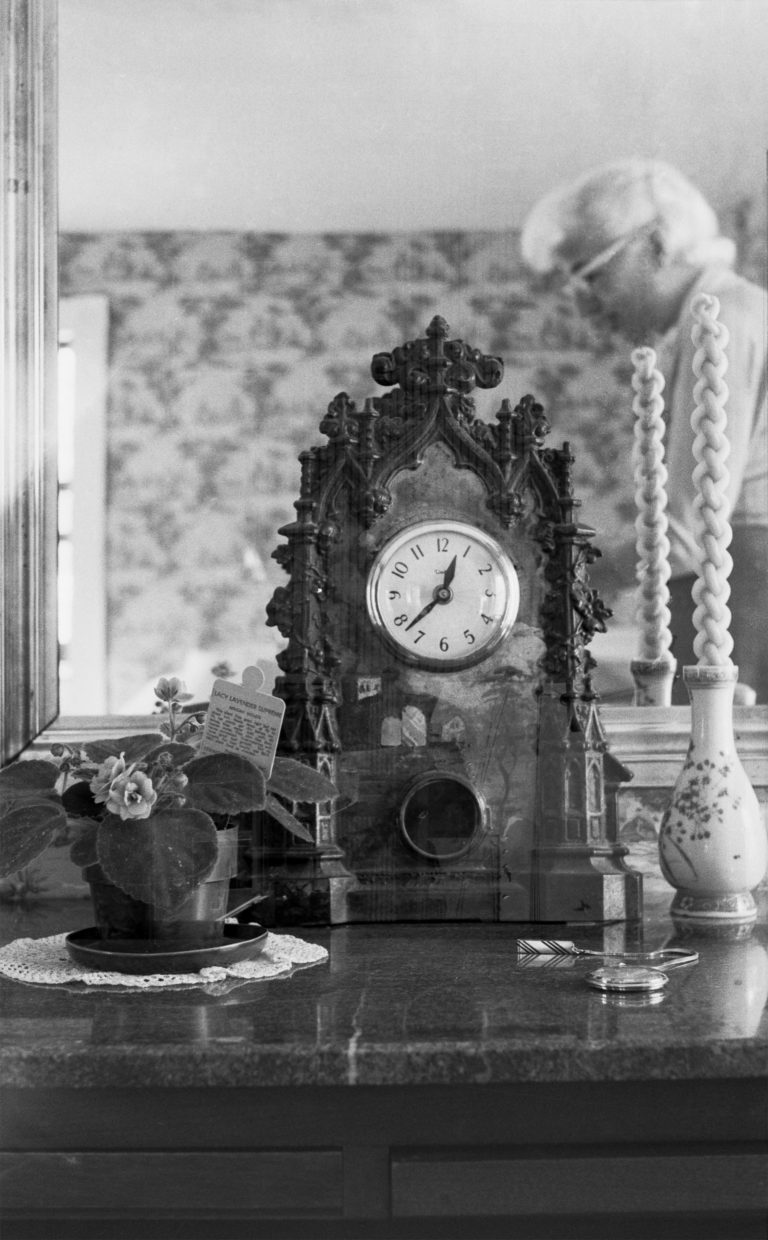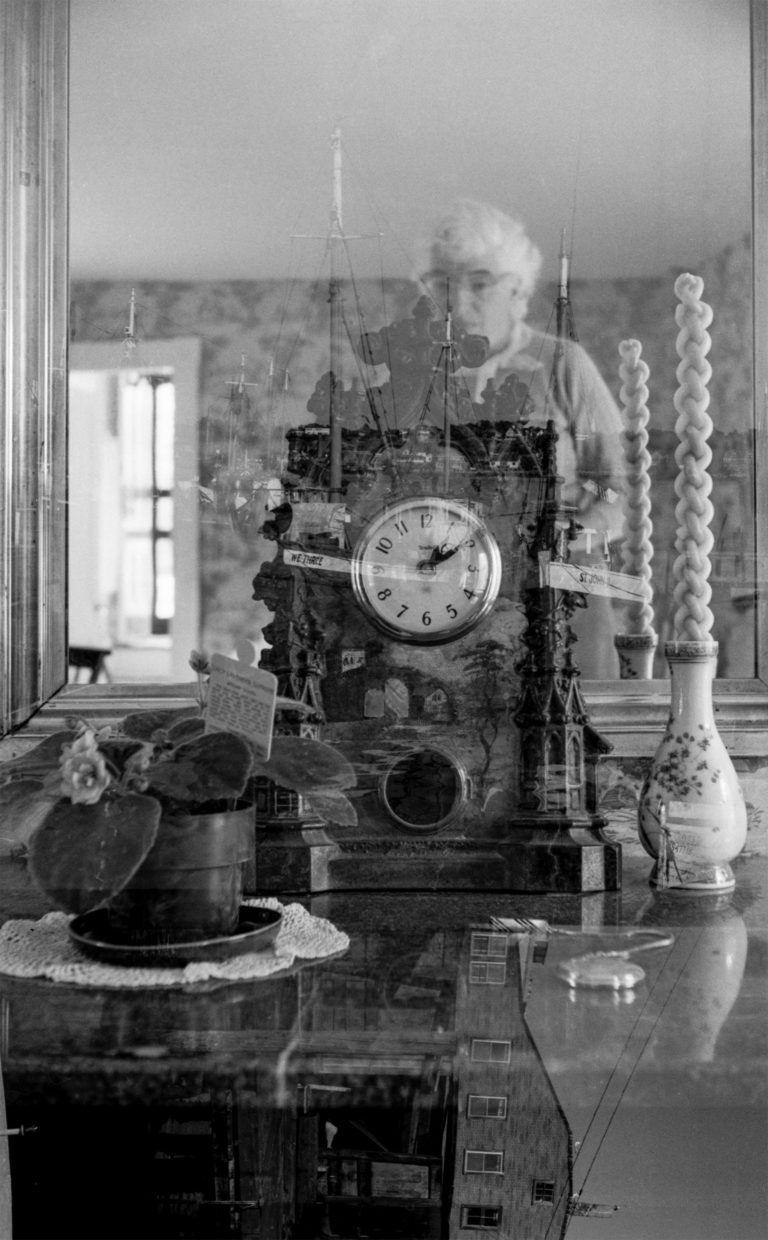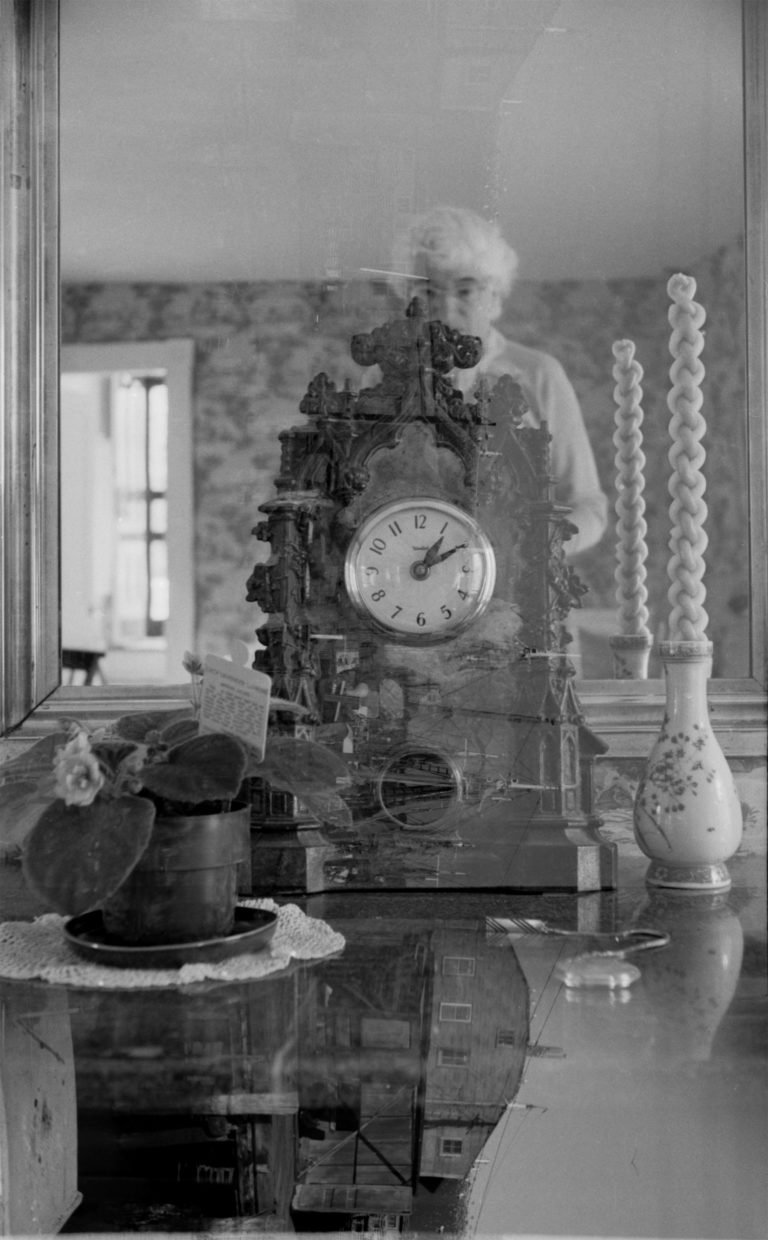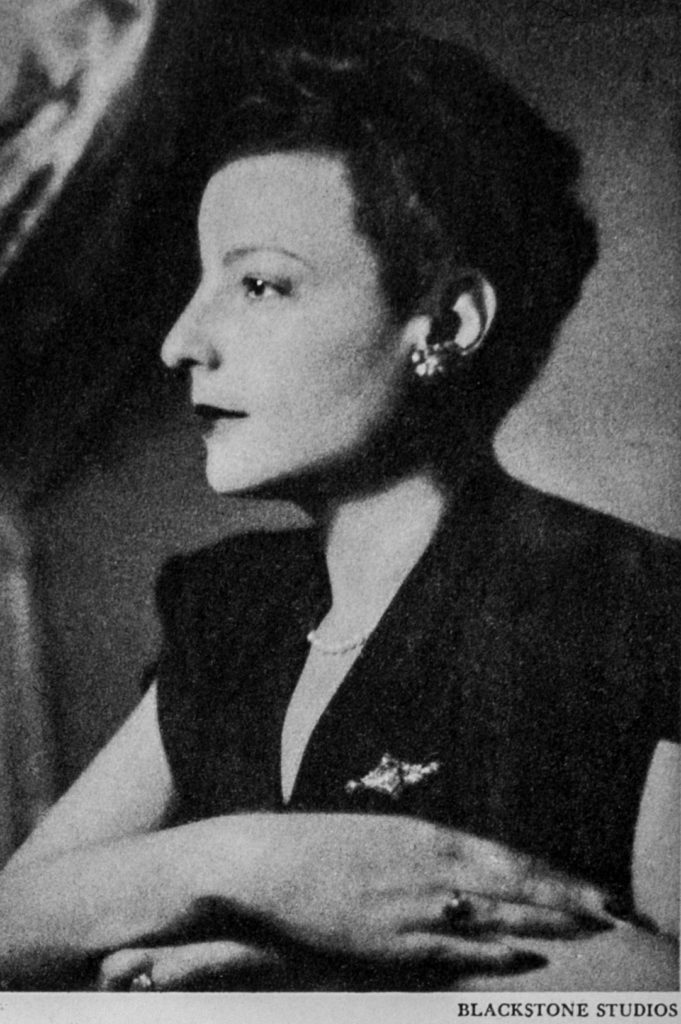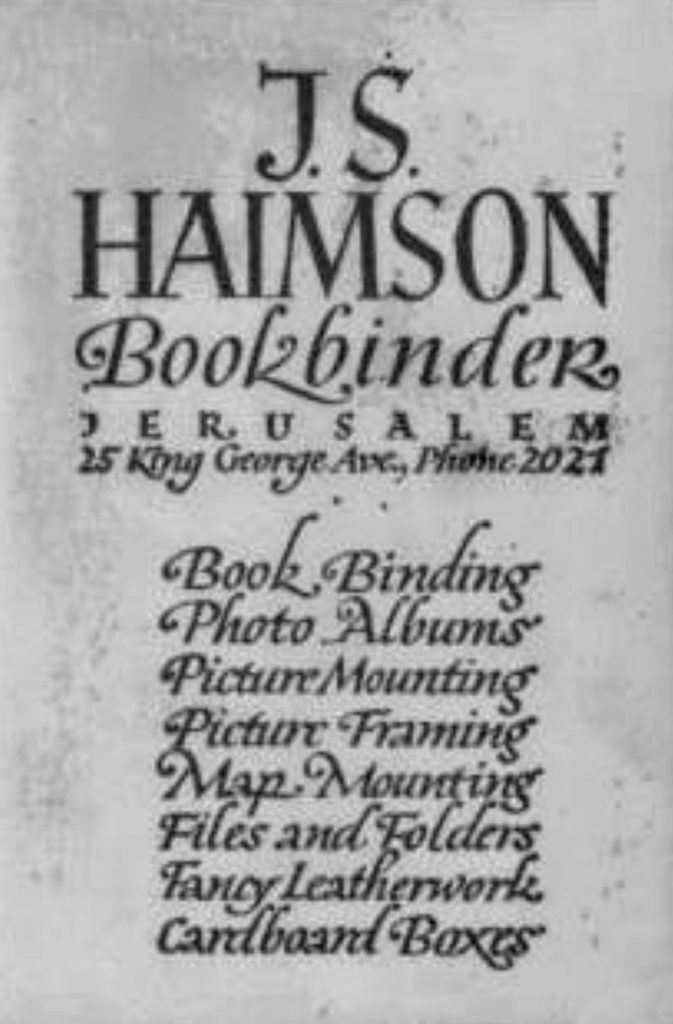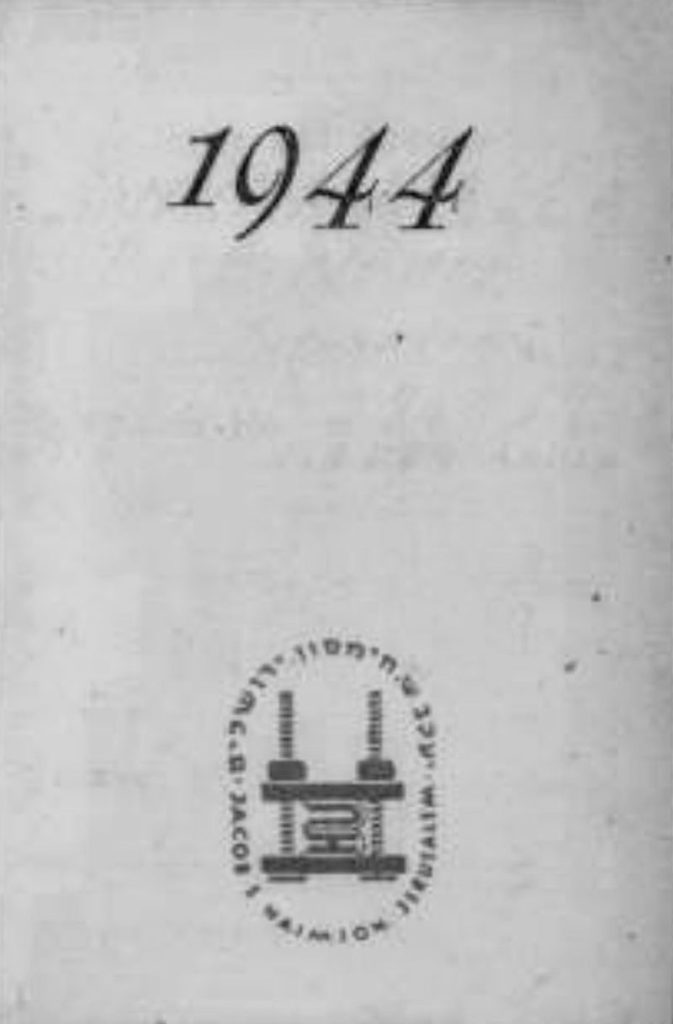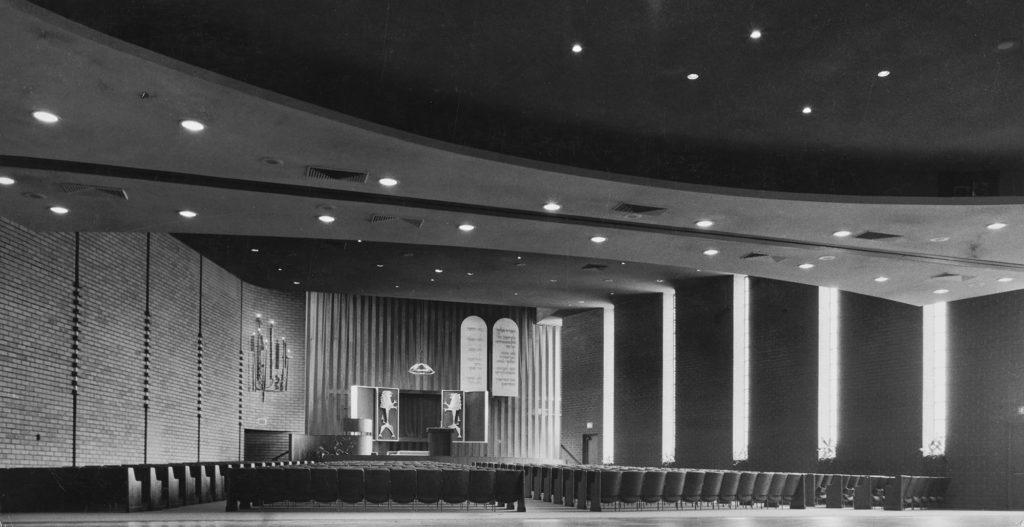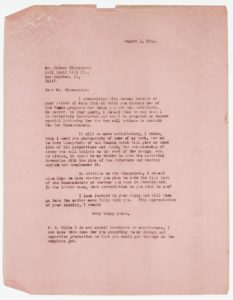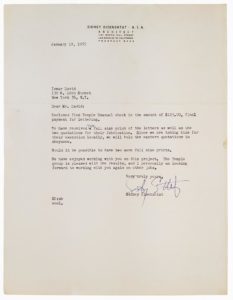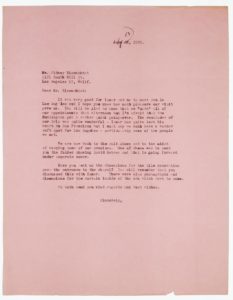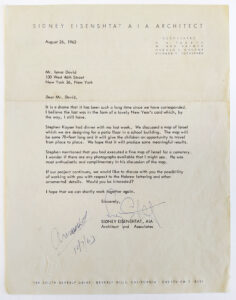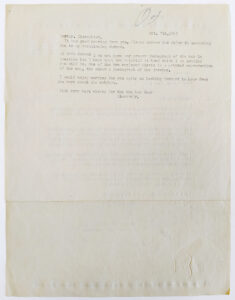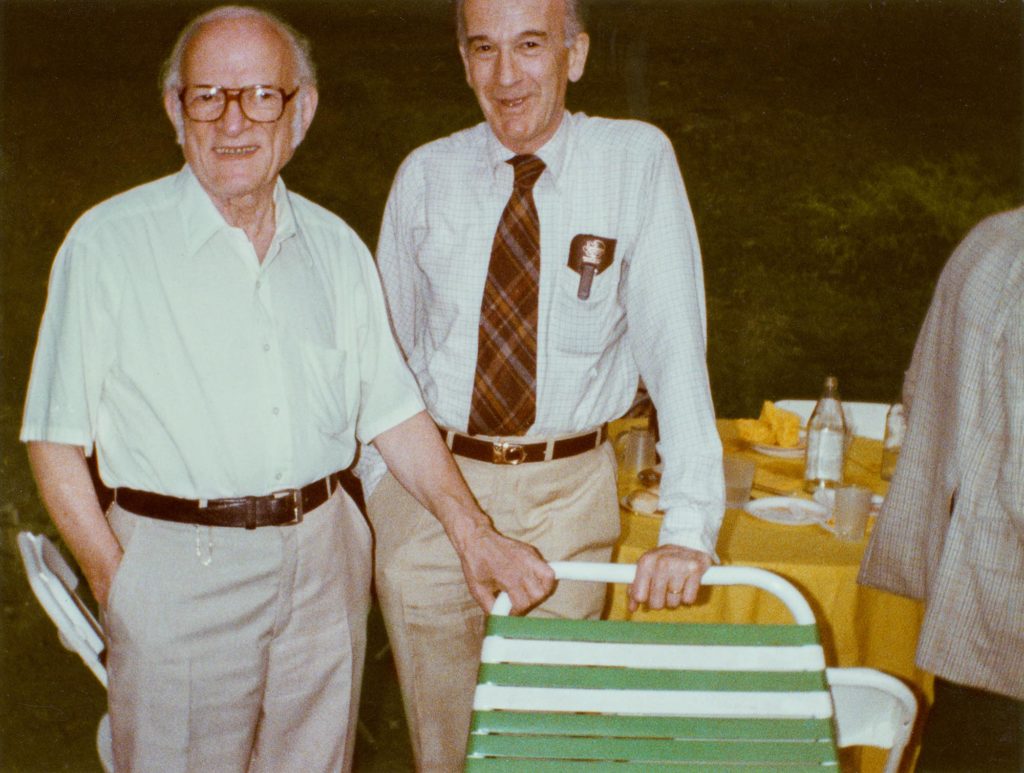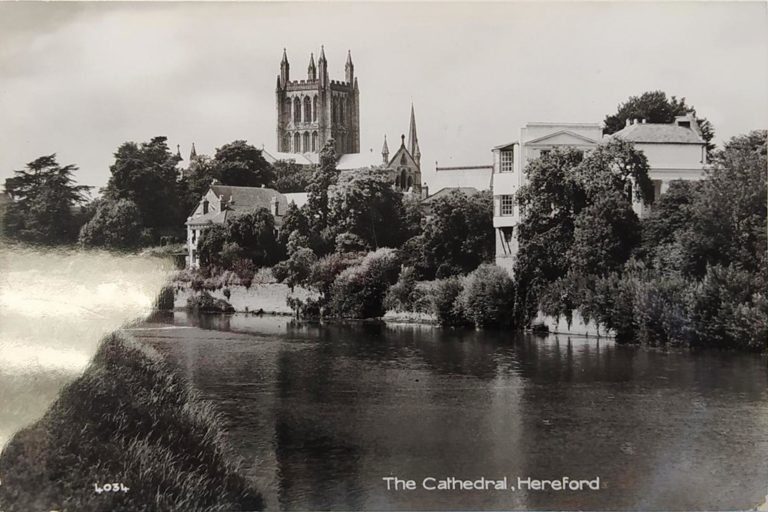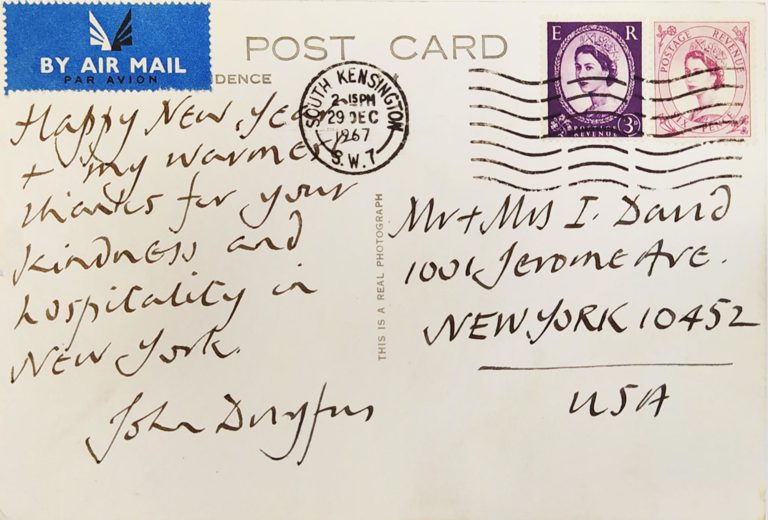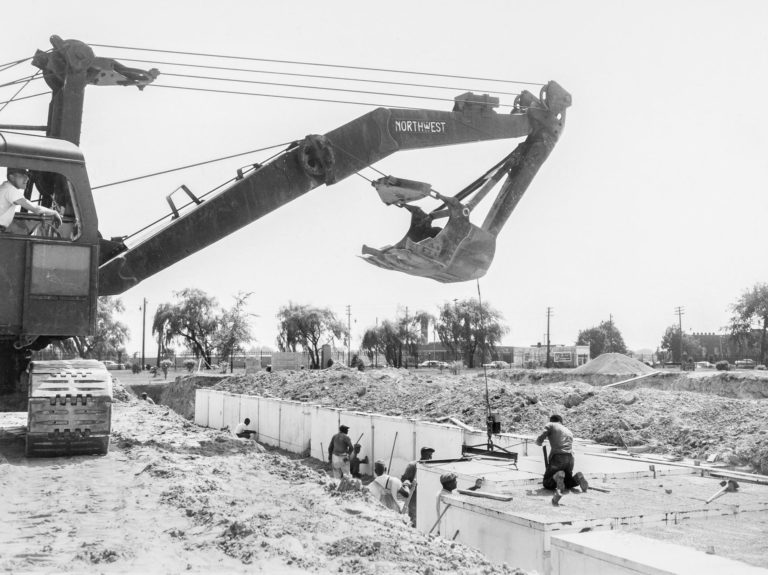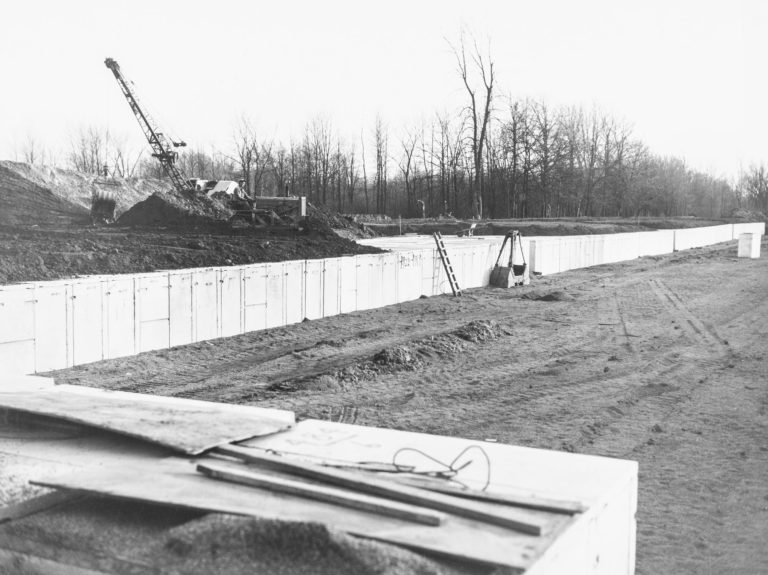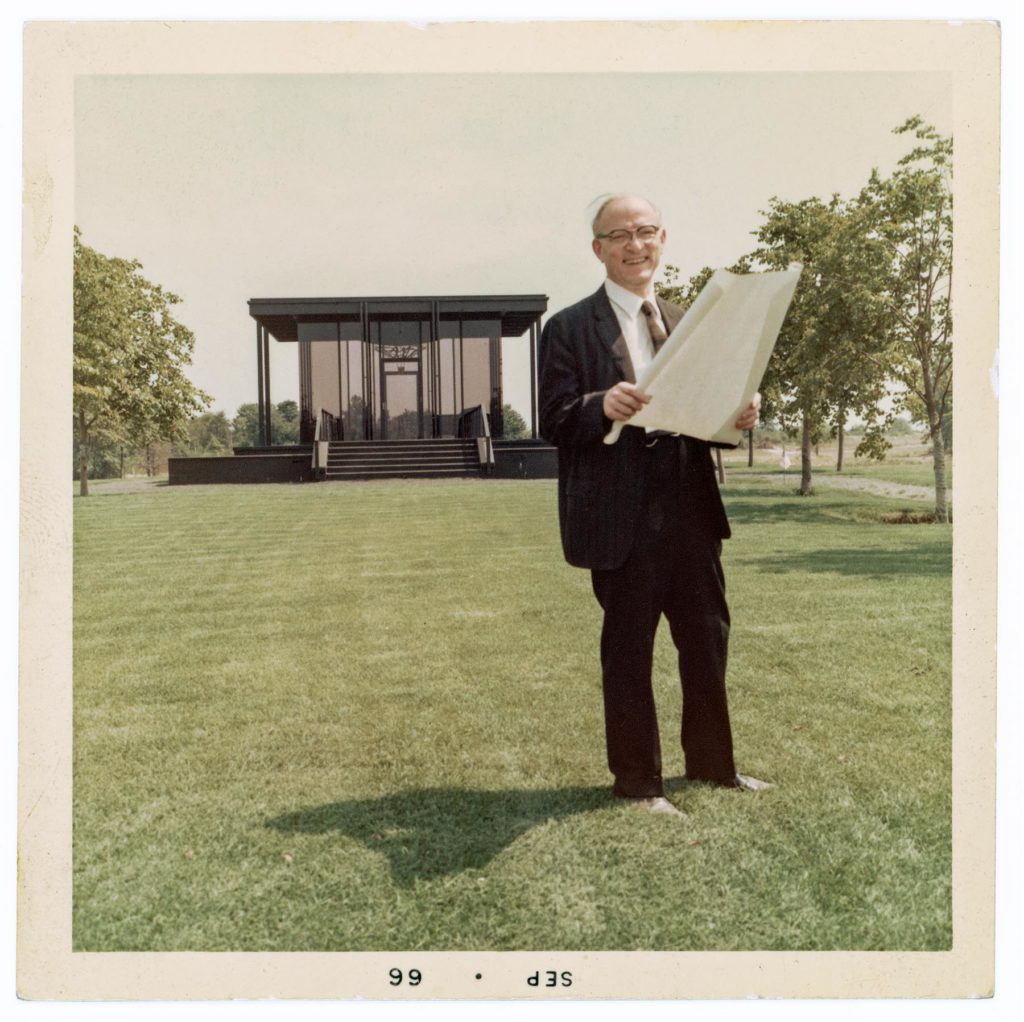Alisa Wirz Werblowsky, 1920–2014, champion swimmer, champion shot-putter, folk dancer, teacher.
Born Liselotte Wilhelmina Wirz in Munich, Germany, Alisa Wirz Werblowsky received a new Hebrew name, reflecting her sunny disposition, from her classmates in Jerusalem. Like her mother, Bella Thannhauser Wirz, with whom she emigrated to Palestine in 1933, Alisa was a strong-willed, independent woman. Both were outstanding swimmers and, in 1942, became the first women to swim the Sea of Galilee. They bested the existing record (5 hours) by 40 minutes. Alisa repeated her feat in 1944 in 3 hours and 20 minutes, improving on her former time by one hour and ten minutes. She taught English and sports at the Reali School in Haifa before she attended Boston University’s Sargent College of Physical Education in Cambridge to study for her masters. Her aim was to “organize a physical education school which will contribute to the welfare of her people in establishing a Jewish National state.”1Refugee Girl Swimming Champ, B.U. Student, Plans Phyiscal Culture School in Palestine. Jewish Advocate, Boston, Massachusetts, November 28, 1946, p. 5. When she furthered her studies at the University of Wisconsin at Madison in 1948, she may well have become the first Israeli college student in the state of Wisconsin.2Cohen, Leon. Excitement over Israel’s birth suffused state Jewry in 1948., The Wisconsin Jewish Chronicle, May 2, 2008, accessessed July 26, 2023. During her years in the United States, she taught and performed Israeli folk dancing, was active in Jewish youth group activities and lectured occasionally. During the summers, she worked a Jewish sleep-away camps in New Hampshire. She was for American newspapers at the time, the very model of Israeli youth: athletic, capable, enthusiastic and committed. After her return to Israel, she married scholar R.J. Zwi Werblowsky.
Alisa (known in the family as Fitzi) lived with her mother at 8 Keren Kayemet Street in Rehavia from the late 1930s. She remained in contact with Ismar David for many years, mainly through seasonal greeting cards.


























